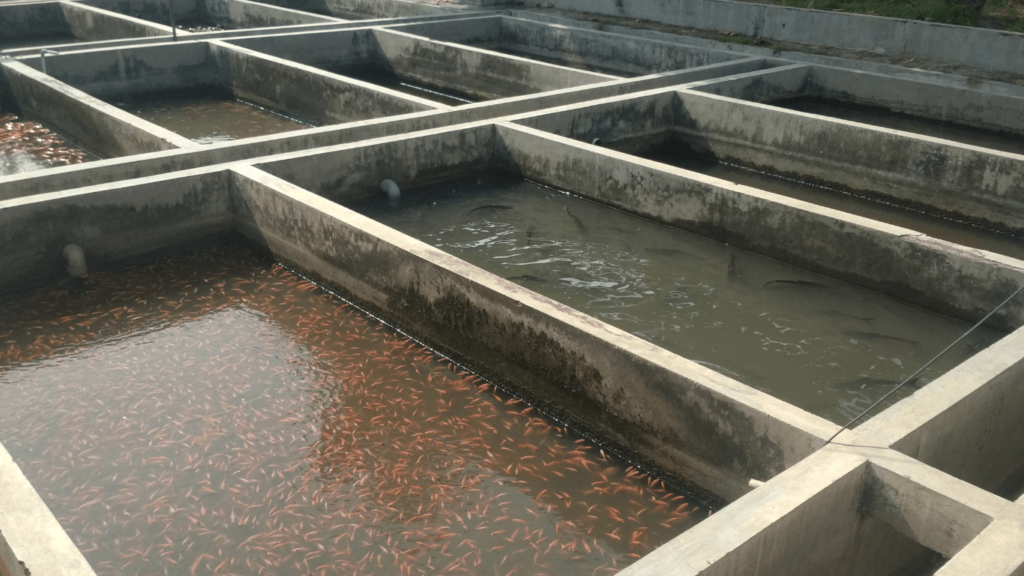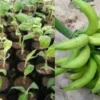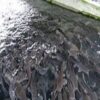- このトピックは空です。
- 投稿者投稿
- 3月 25, 2025 2:37 am #604799

Concrete ponds offer a controlled environment for aquaculture, providing several advantages over traditional earthen ponds. The ability to precisely regulate water quality parameters is a key benefit, allowing for optimal conditions for fish growth and health.
This article delves into the strategies and technologies employed to maintain a controlled environment and ensure optimal water quality in concrete pond systems.
1. Water Quality Management in Concrete Ponds
Water quality is paramount in concrete pond systems, as it directly impacts fish health, growth, and productivity. Several key parameters must be monitored and maintained within optimal ranges:
a. Dissolved Oxygen (DO): Adequate DO levels are essential for fish respiration. Aeration systems, such as paddlewheels or diffused air systems, are commonly used to enhance DO levels, especially in densely stocked ponds.
b. pH: Maintaining a suitable pH range is crucial for fish health and nutrient cycling. Regular monitoring and adjustments, if necessary, can be achieved through the addition of buffers or pH adjusters.
c. Temperature: Water temperature significantly influences fish metabolism and growth. In regions with fluctuating temperatures, temperature control measures, such as shading or recirculation systems, may be necessary to maintain optimal conditions.
d. Ammonia and Nitrite: These compounds are toxic to fish at high concentrations. Regular water exchange and biological filtration systems can help to maintain low levels of ammonia and nitrite.
e. Nutrient Levels: Nutrient levels, particularly nitrogen and phosphorus, can affect water quality and algal growth. Regular monitoring and nutrient removal strategies, such as biological filtration or chemical treatments, are essential to prevent excessive nutrient buildup.
2. Filtration Systems for Concrete Ponds
Filtration systems play a vital role in maintaining water quality in concrete ponds. Various filtration technologies can be employed, including:
a. Biological Filters: These filters utilize beneficial bacteria to convert harmful ammonia and nitrite into less toxic compounds.
b. Mechanical Filters: These filters remove suspended solids, such as algae and debris, from the water column.
c. Chemical Filters: These filters remove specific pollutants, such as heavy metals or pesticides, through chemical reactions.
3. Aeration and Oxygenation Techniques
Adequate oxygenation is crucial for maintaining fish health and productivity in concrete ponds. Various aeration techniques can be employed:
a. Surface Aeration: Paddlewheels and other surface aerators create turbulence on the water surface, increasing the transfer of oxygen from the air to the water.
b. Diffused Aeration: Diffused air systems introduce air bubbles directly into the water column, enhancing oxygen transfer and promoting circulation.
c. Oxygen Injection: In some cases, pure oxygen can be injected directly into the water to supplement natural oxygen levels.
4. Water Exchange and Recirculation Systems
Regular water exchange helps to maintain water quality and remove accumulated waste products. In some cases, recirculation systems may be employed to conserve water and reduce the need for frequent water exchanges. Recirculation systems typically include filtration and aeration components to ensure water quality is maintained.
By implementing effective water quality management strategies, including filtration, aeration, and regular monitoring, aquaculturists can create a controlled environment in concrete ponds that promotes optimal fish growth and health.
These strategies are essential for achieving high productivity and profitability in concrete pond aquaculture systems.
Read Also: The Hidden Challenges: Disadvantages of Concrete Pond Construction
- 投稿者投稿
- このトピックに返信するにはログインが必要です。






